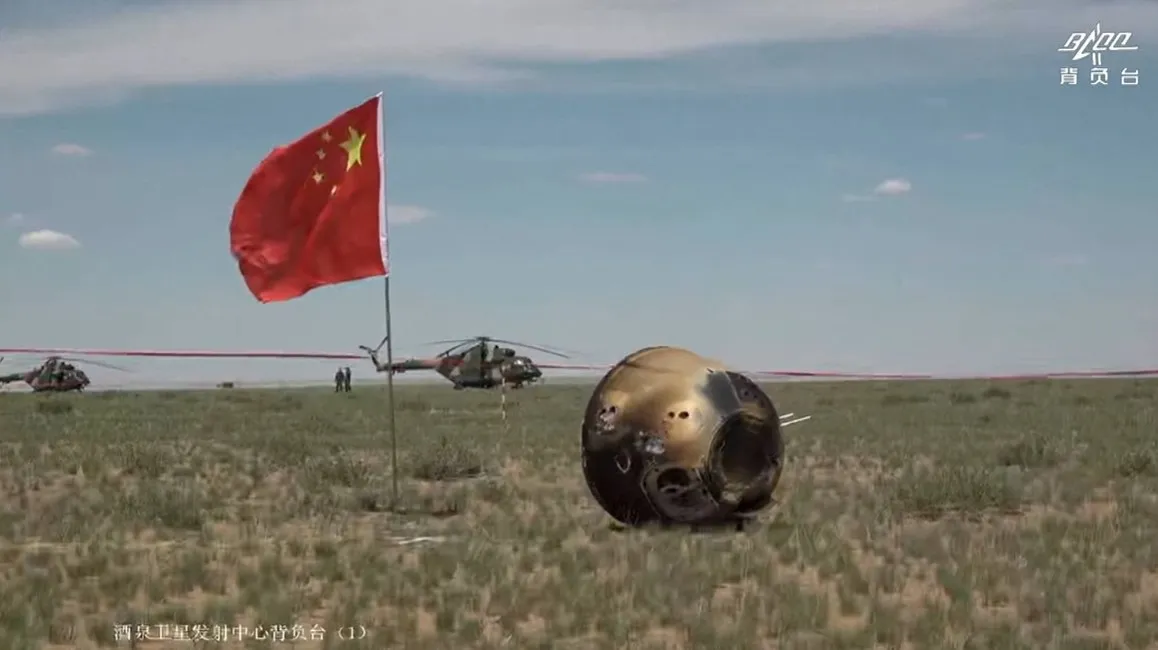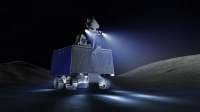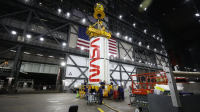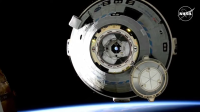China‘s Chang’e-6 reentry capsule successfully landed back on Earth on June 25, concluding a 53-day mission that retrieved 1,935.3 grams of lunar samples from the moon‘s far side. The capsule, recovered as planned in Inner Mongolia’s grasslands of Siziwang Banner, was airlifted to Beijing and opened on June 26 to retrieve the sample canister, the China National Space Administration (CNSA) announced.
The mission aimed to collect up to 2,000 grams, surpassing the 2020 Chang’e-5 mission’s collection of 1,731 grams from the near side despite encountering a drilling issue.
“The samples are stickier and more compacted than previous lunar samples,” said Ge Ping, CNSA spokesperson.
Next, the National Astronomical Observatories of Chinese Academy of Sciences will unseal the sample container and prepare the samples for scientific research institutions domestically after six months. International applications will be accepted two years later, according to CNSA regulations on lunar sample management.
“The samples collected from the South Pole-Aitken Basin may provide new insights into the early impact history of the Solar System and the moon’s geological evolution,” said Li Chunlai, deputy chief designer of the Chang’e-6 mission.
Clive Neal, a professor at the University of Notre Dame, noted the significance of the samples, saying, “There is no doubt that the return of the far side samples will yield unique insights into the moon’s evolution.”
Looking ahead, CNSA officials announced plans for the Tianwen-2 mission in 2025, targeting asteroid 469219 Kamoʻoalewa for sample collection, with subsequent missions planned for Mars and Jupiter by 2030. China also aims to enhance its space capabilities with heavy-lift launch vehicles and reusable space transportation systems.
China is preparing for its Chang’e-7 lunar south pole mission, supported by the Queqiao-2 relay satellite, and has invited international collaboration for its Chang’e-8 mission in 2028, with over 30 letters of intent received.







